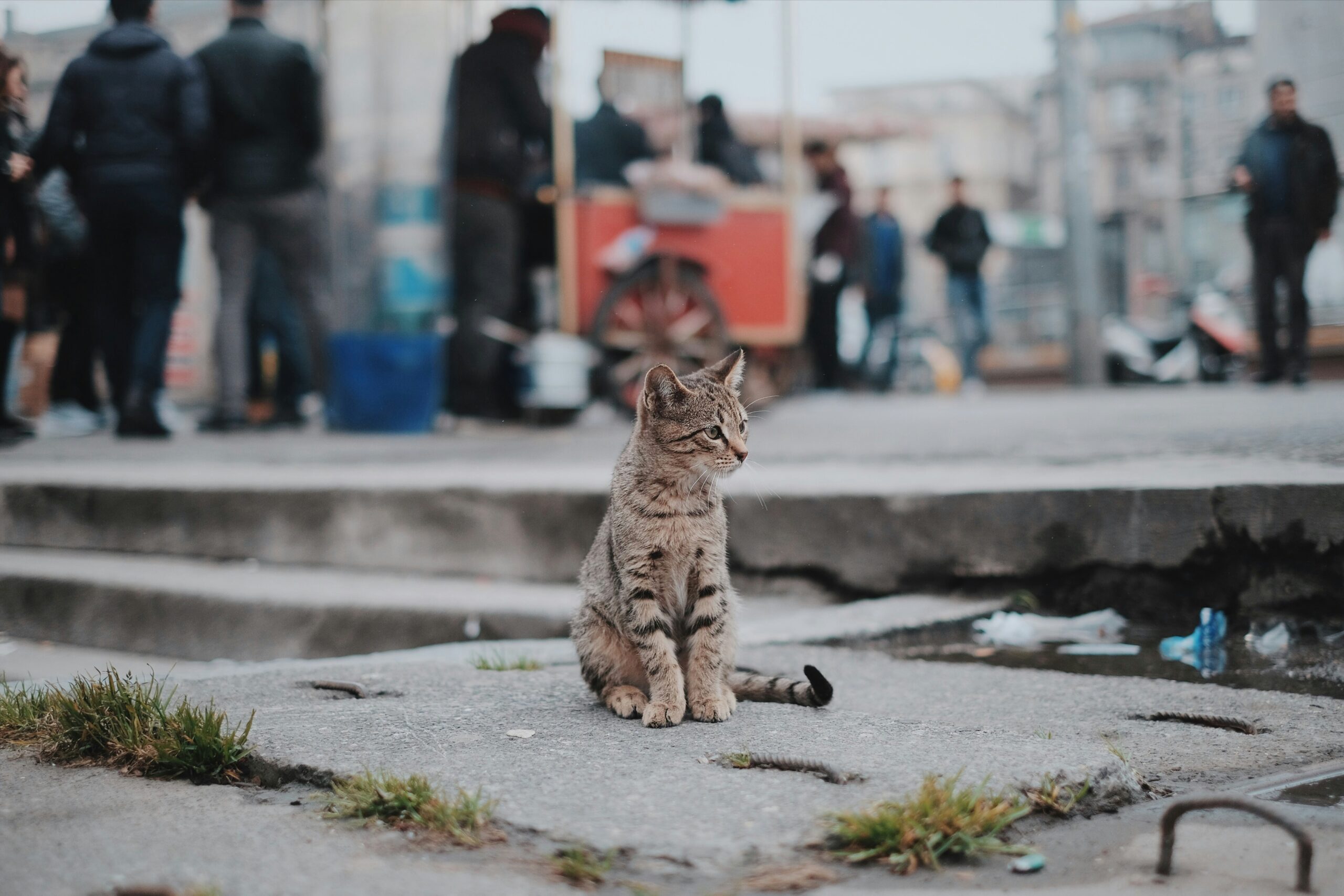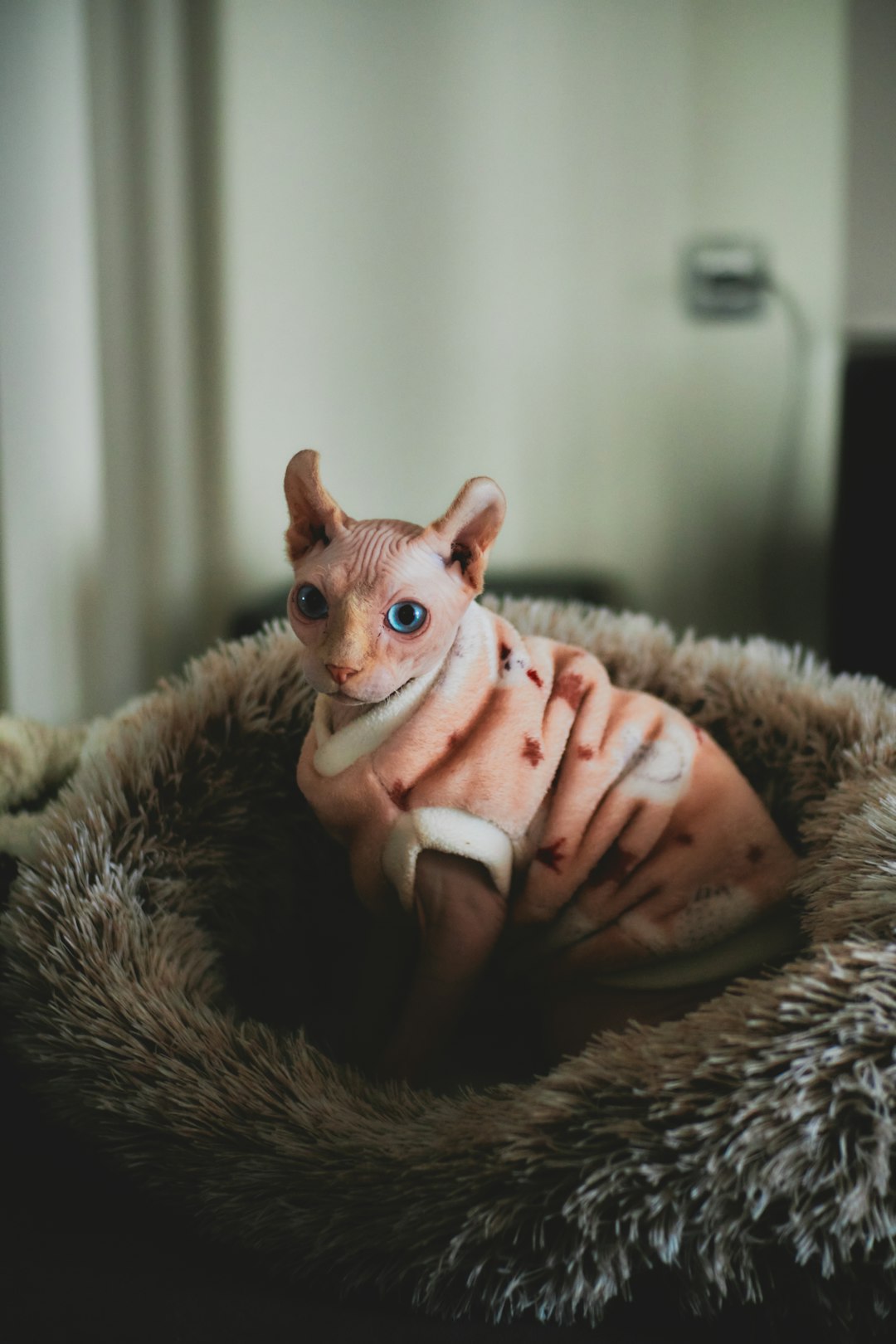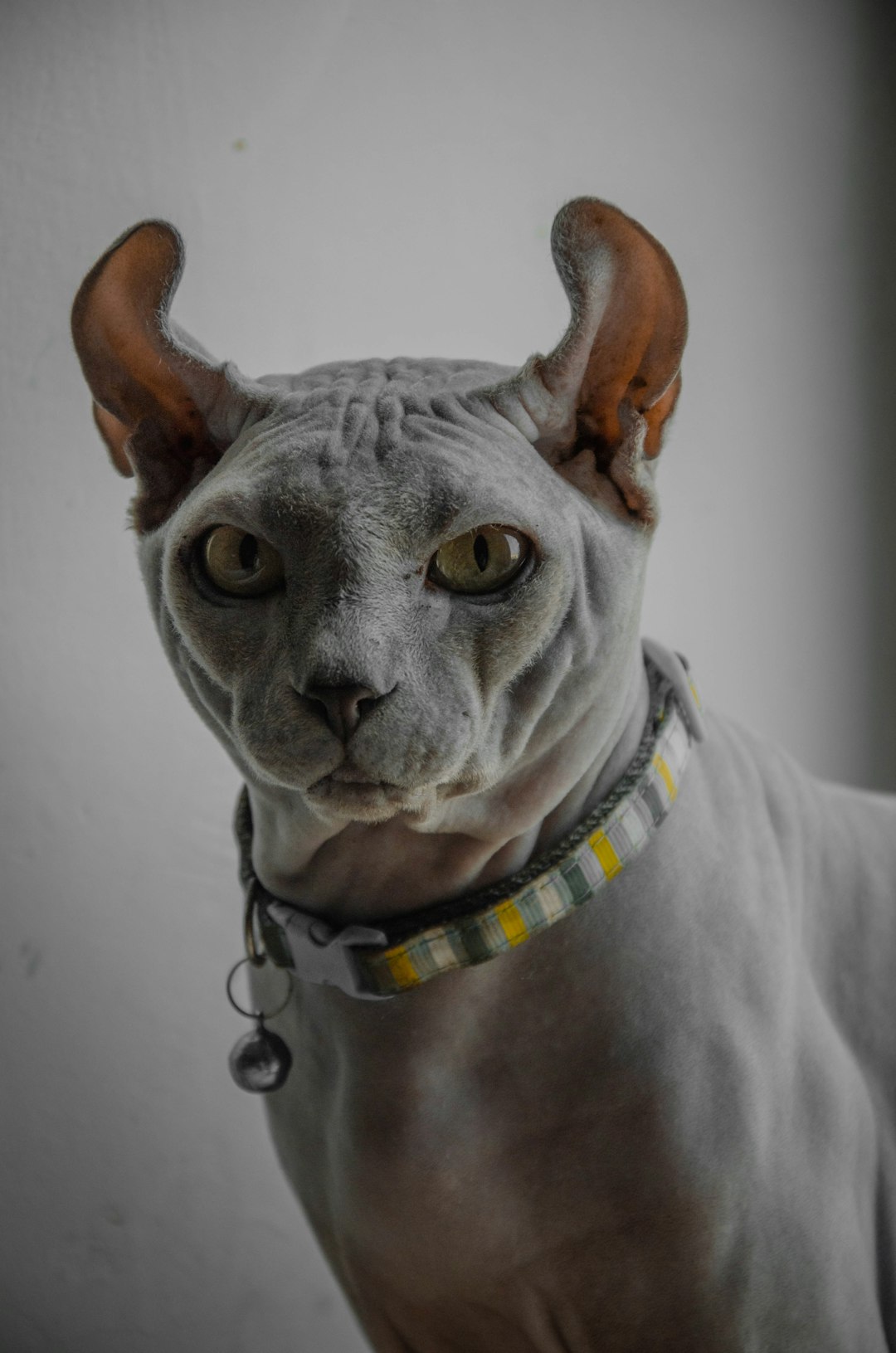If you’ve ever caught your feline staring at you with an intensity that makes you chuckle and think, "my cat is plotting to murder me lol," you’re not alone. Cats possess complex behavior rooted in their hunting instincts and social dynamics. Understanding these instincts can illuminate why your furry friend behaves in certain ways. From playful antics to moments of apparent annoyance, recognizing these behaviors helps enhance the bond between you and your cat. By delving deeper into their world, you can foster a happier and more harmonious environment for both you and your whiskered companion.
Understanding the Hunting Instincts of Cats
Cats, as natural hunters, possess a unique set of instincts that shape their behavior. When you catch your feline friend stalking shadows or pouncing on a stray piece of string, it’s not just play—it’s instinct! Here are some key points to understand how these instincts manifest in your home:
Predatory Behavior: Cats often exhibit predatory behaviors like stalking, pouncing, and chasing. This behavior can make you feel like my cat is plotting to murder me lol when they sneak up on you!
Play as Practice: Cats learn to hunt through play. Toys that mimic prey—such as small balls or feathered wands—capitalize on their drive.
Territory and Scent Marking: Cats instinctively mark their territory, which can sometimes come across as aggressive. However, this is simply their way of expressing dominance.
Nighttime Activity: Cats are often more active at night, showcasing their hunting roots. This nocturnal behavior can lead to surprises when you least expect them—hence the feeling that my cat is plotting to murder me lol.
By understanding these innate behaviors, you can appreciate your cat’s peculiar tendencies while keeping the sense of humor that comes with living with such a "fearsome predator."
Common Signs Your Cat is Upset
Recognizing when your feline friend is feeling down or agitated can help prevent situations that may lead you to think, "my cat is plotting to murder me lol." Here are some common signs that your cat might be upset:
- Hiding: If your cat suddenly retreats to a corner or under furniture, something might be bothering them.
- Aggression: Increased hissing, growling, or swatting can indicate stress and is often mistaken for normal playfulness.
- Excessive Grooming: Cats that groom themselves obsessively may be coping with anxiety.
- Changes in Eating Habits: A decrease in appetite or sudden overeating could signal distress.
- Increased Vocalization: If your cat becomes more vocal, particularly with loud meows or yowls, pay attention.
Quick Comparison Table of Signs
| Sign of Upset | Behavior Description |
|---|---|
| Hiding | Withdraws from social areas |
| Aggression | Swats or growls |
| Excessive Grooming | Over-grooms, causes bald patches |
| Eating Changes | Skips meals or overeats |
| Increased Vocalization | Loud or constant meowing |
By observing these signs, you can better understand your cat’s emotions, reaffirming that while "my cat is plotting to murder me lol," it’s often just a reflection of their stress or discomfort.
The Role of Play and Prey Drive in Cat Behavior
Understanding your cat’s play and prey behavior can shed light on those moments when you think, "my cat is plotting to murder me lol." Essentially, play mimics the hunting process. Here’s how this natural instinct impacts your cat:
- Instinctual Behavior: Cats are predatory animals by nature. Their play mimics stalking, chasing, and pouncing—skills essential for hunting.
- Energy Outlet: Regular play helps cats expend their energy. Without it, they might redirect their excitement towards their humans—hence the feeling that "my cat is plotting to murder me lol."
- Social Interaction: Play fosters bonding. Cats can demonstrate both affection and assertiveness through play, so it’s crucial to interpret body language correctly.
- Types of Play: Consider using different toys to stimulate that prey drive:
- Wand toys: Encourage jumping and pouncing.
- Laser pointers: Engage their chase instincts.
- Interactive puzzles: Challenge them mentally.
In essence, embracing your cat’s need to play not only maintains their sanity but also strengthens your bond, reducing moments of potential "murder plots!"
Distinguishing Between Affection and Aggression
Understanding your cat’s behavior is crucial, especially when it comes to distinguishing between affection and aggression. Sometimes, you might think, "my cat is plotting to murder me lol," but it could just be a misunderstanding of their body language.
Here are some key differences to help you identify whether your cat is being affectionate or aggressive:
Affectionate Behavior:
- Purring: A strong sign of contentment and comfort.
- Slow Blinking: Cats show trust by slowly closing their eyes.
- Kneading: Often called "making biscuits," this behavior indicates happiness.
Aggressive Behavior:
- Hissing or Growling: These vocalizations clearly indicate distress.
- Arched Back with Raised Fur: A defensive posture signaling fear or aggression.
- Swatting or Biting: These actions are signs that your cat feels threatened or overstimulated.
In conclusion, while you might chuckle and think, "my cat is plotting to murder me lol," stay observant. Understanding these behaviors can transform your relationship and keep both you and your feline friend safe and happy.
How to Recognize Your Cat’s Body Language
Understanding your cat’s body language is crucial in realizing if "my cat is plotting to murder me lol" or simply expressing affection. Cats communicate primarily through their body posture and movements. Here are some key indicators:
Tail Position:
- High and upright: Happy and confident.
- Puffed up: Fearful or startled.
- Low or tucked: Submissive or defensive.
Ears:
- Forward-facing: Interested and engaged.
- Flat against the head: Annoyed or aggressive.
Eyes:
- Slow blinks: Affection and trust.
- Wide-open pupils: Surprise or excitement, can also indicate fear.
Whiskers:
- Forward: Exploring or hunting.
- Pulled back: Feeling threatened.
Nose and Mouth:
- Purring: Typically happy, but can also occur when in distress.
- Showing teeth: Signs of aggression or discomfort.
Recognizing these cues can help you decode your feline’s behavior, alleviating worries of "my cat is plotting to murder me lol." Instead, you might discover a deeper bond based on understanding and trust!
The Impact of Environment on Cat Behavior
Cats are creatures of habit, and their environment significantly influences their behavior. Understanding how the space you provide affects your feline friend can help prevent instances where you might think, "my cat is plotting to murder me lol."
Key Environmental Factors:
- Space: A cramped or cluttered environment can lead to stress. Cats thrive in open areas where they can roam freely.
- Hiding Places: Providing cozy spots for them to hide can reduce anxiety. If a cat feels trapped, it may resort to aggressive behaviors.
- Height: Cats love to climb. Vertical spaces, like shelves or cat trees, give them a sense of security.
- Stimulation: Boredom can lead to mischief or aggressive antics. Interactive toys and scratching posts keep them engaged.
Comparison of Environments:
| Environment Type | Impact on Behavior |
|---|---|
| Cramped Space | Increased stress and anxiety |
| Open Space | Confidence and relaxed behavior |
| Limited Stimulation | Aggression and destructive play |
| Enriched Environment | Happier, healthier cats with fewer issues |
Ultimately, by cultivating a suitable environment, you can reduce those moments where you feel like “my cat is plotting to murder me lol” and foster a calmer, more content feline companion.
Understanding the Mind of Your Feline Companion
As a cat owner, you may sometimes feel that my cat is plotting to murder me lol. But understanding your feline friend’s mindset can alleviate some of those worries. Cats possess unique qualities that influence their behavior, driven largely by instinct.
Here are key aspects to consider:
- Independent Nature: Cats value their autonomy. They often prefer to explore and engage on their own terms.
- Hunting Instinct: Even domesticated cats retain a strong prey drive. Playtime mimics hunting, allowing them to channel these instincts safely.
- Territorial Behavior: Cats may become anxious with new stimuli in their environment, leading to protective behaviors.
Understanding Their Thinking:
Here’s a brief comparison of cat temperament:
| Trait | Description |
|---|---|
| Curious | Naturally inquisitive, exploring their surroundings. |
| Playful | Engages in play to simulate hunting and sharpening skills. |
| Skittish | May retreat if feeling threatened or overwhelmed. |
By recognizing these traits, you can better understand when my cat is plotting to murder me lol is just a playful interpretation of their instinctual behavior rather than genuine malice.
When to Seek Professional Help for Behavioral Issues
As a cat owner, you may find yourself wondering why your cat is acting strangely. Sometimes, behaviors can escalate to a point where you think, "my cat is plotting to murder me lol!" It’s essential to monitor your cat’s behavior closely and seek help when necessary. Here are some key indicators that it’s time to consult a professional:
- Consistent Aggression: If your cat frequently displays aggressive behavior towards you or others.
- Excessive Hiding: When your cat avoids interaction or hides for extended periods.
- Sudden Changes in Behavior: A previously social cat becoming withdrawn or vice versa could signal underlying issues.
- Litter Box Problems: Frequent accidents outside the litter box may indicate stress or health concerns.
- Pacing or Over Grooming: These could be signs of anxiety or compulsive behavior.
By recognizing these signs, you can take proactive steps in your cat’s well-being. Don’t hesitate to reach out to a veterinarian or animal behaviorist if you feel overwhelmed. Trust your instincts, as an informed owner can ensure a harmonious relationship with your feline companion, and prevent the thought that my cat is plotting to murder me lol!
The Importance of Enrichment and Mental Stimulation
Cats thrive on mental stimulation and environmental enrichment. In fact, if you notice signs that my cat is plotting to murder me lol, it may just be a cry for help in combating boredom! Here are a few reasons why enrichment is crucial for your feline friend:
- Natural Instincts: Cats are natural hunters. Enrichment helps satisfy their instinctual drive to stalk, pounce, and capture prey.
- Physical Health: Engaging in play reduces the risk of obesity and related health issues.
- Behavioral Benefits: Providing stimulation helps reduce unwanted behaviors like scratching or knocking things over.
Effective Enrichment Strategies
- Interactive Toys: Use feather wands, lasers, or puzzle feeders that challenge their hunting skills.
- Vertical Space: Cat trees and shelves allow your cat to climb and survey their territory.
- Playtime Routine: Regularly scheduled playtime reinforces your bond and keeps your cat active.
By focusing on enrichment, you transform your cat’s environment from a dull space into an engaging adventure zone. After all, we want to prevent scenarios where my cat is plotting to murder me lol!
Tips for Building a Trusting Relationship with Your Cat
Building a trusting relationship with your cat can ward off feelings of paranoia, like when you think, "my cat is plotting to murder me lol." Fortunately, fostering a bond with your feline friend is entirely achievable with a few simple tips:
Spend Quality Time Together: Engage in interactive play with toys that stimulate their hunting instincts. This fosters trust and reduces anxiety.
Establish a Routine: Cats thrive on consistency. Regular feeding and playtime create a sense of security.
Create a Safe Space: Provide a quiet area where your cat can retreat when feeling overwhelmed. This promotes a calm environment.
Respect Boundaries: Allow your cat to approach you on their own terms. This behavior builds trust over time.
Use Positive Reinforcement: Reward your cat with treats or praise for good behavior. This encourages positive interactions.
Remember, understanding your cat’s behaviors can alleviate concerns about them plotting against you. By employing these strategies, you can transform any trepidation into affection, ensuring your cat feels safe and valued in your home.



